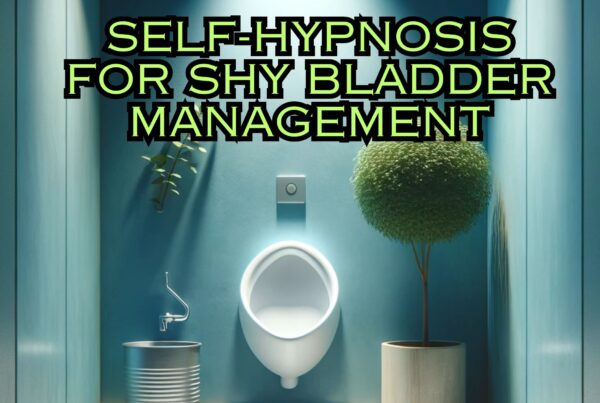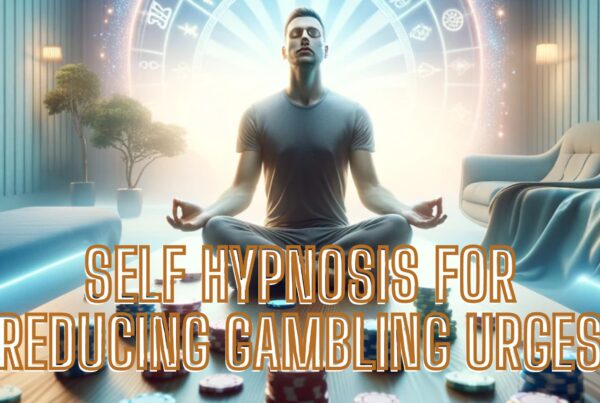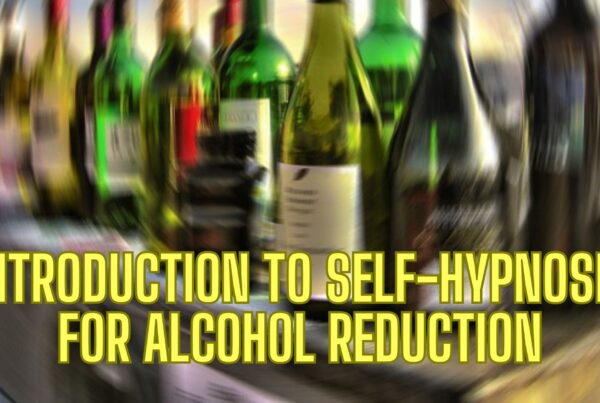The Power of Self-Hypnosis in Overcoming Erectile Dysfunction
Erectile dysfunction (ED) is a challenge faced by many, yet often spoken about in hushed tones. In the quest for effective solutions, the role of self-hypnosis in overcoming erectile dysfunction has emerged as a promising avenue. This approach not only addresses the physical aspects of ED but also delves into the psychological barriers that often exacerbate the condition. By harnessing the power of the mind through self-hypnosis, individuals can embark on a transformative journey towards sexual health and well-being.
In this comprehensive guide, we explore how self-hypnosis can be a vital tool in managing and overcoming the complexities of erectile dysfunction. From understanding the psychological underpinnings of ED to learning practical self-hypnosis techniques, this blog aims to provide valuable insights and actionable steps for those seeking a holistic approach to improving their sexual function.
Self-Hypnosis in Overcoming Erectile Dysfunction
Erectile dysfunction (ED) is a prevalent issue, affecting up to 50% of men between 40 and 70 years old (Selvin, Burnett & Platz, 2007). This condition can significantly impact one’s self-esteem, often compared to an actor forgetting their lines on stage. The ensuing anxiety and self-doubt can be overwhelming.
Self-hypnosis emerges as a beacon of hope in this scenario. It’s like a skilled director helping the actor regain their confidence. Studies, including those by Modabbernia et al. (2013), highlight the positive effects of hypnosis on sexual performance, with many reporting successful management of ED symptoms through self-hypnosis.
Integrating Mindfulness with Self-Hypnosis
In this journey, mindfulness becomes the compass, guiding the way to greater self-awareness and control over physical reactions. Just as a maestro skillfully conducts an orchestra, self-hypnosis and mindfulness together harmonise the body and mind, encouraging relaxation and improved physiological responses.
A study involving men with psychogenic erectile dysfunction found that mindfulness-based interventions significantly improved sexual performance (Brotto, Seal & Rellini, 2012). The role of mindfulness in self-hypnosis cannot be overstated. It opens up channels of communication with the subconscious mind, allowing one to address and resolve issues causing anxiety and stress.
Understanding Self-Hypnosis Mechanisms
Self-hypnosis functions much like a remote control to our subconscious mind, letting us alter the programs running in the background. Imagine a television broadcasting unwanted shows – self-hypnosis is the tool that allows you to change the channel, replacing negative thoughts and fears with more positive, empowering beliefs.
Researchers argue that the relaxation achieved through self-hypnosis helps alleviate anxiety, a common trigger for ED (McCullough, 2017). By reducing anxiety levels, it’s possible to mitigate the physiological responses that contribute to ED.
Beginning Your Self-Hypnosis Journey
Self-hypnosis is like learning to ride a bicycle. Initially, one might wobble and stumble, but with persistence, balance and control are achieved. Begin by finding a quiet space, free of distractions. Close your eyes and focus on your breath, allowing yourself to relax deeply. Imagine yourself floating on a calm sea, every breath in is a gentle wave carrying you deeper into tranquility.
The use of guided imagery is a significant component of self-hypnosis. Picture your anxiety as a threatening storm cloud. Now, visualise it slowly receding in the distance, replaced by the warm, soothing light of the sun, casting a glow of calm and control over you.
Once a deep state of relaxation is reached, it’s time to address the issue at hand. Visualise your erectile function as a machine that needs fine-tuning. Speak affirmations that reflect your desire for a healthy sexual performance. The language used should be positive and empowering. For example, “I am confident in my ability to maintain an erection,” or “I enjoy a satisfying sexual life.”
Consistency Is Key
Learning self-hypnosis is like planting a seed, expecting it to blossom into a flower. The process requires time, patience, and consistent practice. Multiple studies have shown that consistent practice leads to improved results in self-hypnosis (Elkins, Barabasz & Council, 2015).
As one continues to practice self-hypnosis, a shift occurs. Akin to a butterfly emerging from its chrysalis, anxiety and self-doubt are shed, replaced by confidence and control. Over time, as the script of your inner performance changes, anxiety is no longer the lead character. You regain control of your stage, and the curtain of worry is lifted.
No longer a stage struck by the jitters of performance anxiety, you become the confident actor, delivering the performance with ease and assurance. The journey with self-hypnosis is like taking the reins of your sexual health and steering it towards a path of confidence, control, and satisfaction.
Using Assistance For Self-Hypnosis
Some people might like to explore a process for self hypnosis while others may prefer to use pre-recorded content to help guide them through the experience. There are several options, and the choice is yours.
Release Hypnosis Melbourne Hypnotherapy
Since 2016, Lawrence Akers has been working under the name Release Hypnosis offering Hypnotherapy and ACT based work to the people of Melbourne or an online service. Based on St Kilda Rd, Release Hypnosis is an easy and convenient location to get to and accessible by the ANZAC station train and tram stop. Release Hypnosis can help with a wide range of presenting issues, and I offer a free 30 minute no obligation discovery call for those who are unsure if hypnotherapy is the right way forward for them.
Book Your FREE 30 Minute Consultation With Release Hypnosis NOW!
References for ‘The Power of Self-Hypnosis in Overcoming Erectile Dysfunction’
- Brotto, L. A., Seal, B. N., & Rellini, A. (2012). Pilot study of a brief cognitive behavioral versus mindfulness-based intervention for women with sexual distress and a history of childhood sexual abuse. Journal of Sex & Marital Therapy, 38(1), 1-27.
- Elkins, G., Barabasz, A., & Council, J. R. (2015). Advancing Research and Practice: The Revised APA Division 30 Definition of Hypnosis. International Journal of Clinical and Experimental Hypnosis, 63(1), 1–9.
- McCullough, A. R. (2017). Psychological and interpersonal dimensions of sexual function and dysfunction. Journal of Sexual Medicine, 14(4), 538-550.
- Modabbernia, M. J., Tehrani-Doost, M., & Shafiee-Kandjani, A. R. (2013). Effectiveness of hypnosis in combination with conventional techniques of behavior modification in anxiety neurosis. Pakistan Journal of Psychological Research, 28(1), 1-15.
- Selvin, E., Burnett, A. L., & Platz, E. A. (2007). Prevalence and risk factors for erectile dysfunction in the US. American Journal of Medicine, 120(2), 151-157.
You may also like to read:
Discovering Purpose and Values: A Path to Mental Well-being
Can’t Visualise in Hypnosis? Here’s What You Can Do Instead.
Dealing with Financial Stress and Crisis: Finding Peace Amid Turbulence
What Is The Success Rate of Hypnosis?








